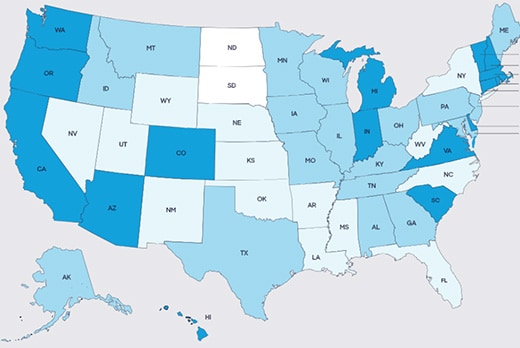Updated: Aug 31, 2023

Article highlights
- The FAFSA Submission Summary, formerly known as the Student Aid Report (SAR), is a document that summarizes the information you provided on the FAFSA.
- The FAFSA Submission Summary also provides an estimate of your federal student loan and Pell Grant eligibility.
- Read your report carefully and make any necessary corrections.
Soon after you fill out the FAFSA (Free Application for Federal Student Aid), you’ll receive a FAFSA Submission Summary. While this document won’t tell you how much financial aid you’ll receive (you’ll have to wait for financial aid award letters for that), it contains plenty of valuable information.
What is a FAFSA Submission Summary?
Beginning with the 2024-25 academic year, the SAR will be replaced by the FAFSA Submission Summary. Like the SAR, your FAFSA Submission Summary is a document that summarizes all the information you provided when filling out the FAFSA. It also estimates your eligibility for federal loans and Federal Pell Grants, and includes your Student Aid Index (SAI). Your SAI is determined by the financial information you provide on the FAFSA, and it replaces the Estimated Family Contribution (EFC). Schools use your SAI to calculate how much financial aid you may be eligible to receive.
How and when do I get my FAFSA Submission Summary?
If you provided an email address on your FAFSA, you will receive an email with instructions on how to access your FAFSA Submission Summary online 3–5 days after filing your FAFSA electronically. If you didn’t provide an email address or filed your FAFSA by mail, it can take up to 3 weeks to receive your FAFSA Submission Summary. If you do not receive your FAFSA Submission Summary within the expected time frame, you can check the status online or contact the Federal Student Aid office.
What is included in my FAFSA Submission Summary?
The online FAFSA Submission Summary is broken into four tabs:
- Eligibility overview: An estimate of your federal student loan and Pell Grant eligibility.
- Student Aid Index: Your SAI is used to calculate how much financial aid you’re eligible to receive.
- FAFSA form answers: A copy of the information you provided on the FAFSA.
- School information: Includes the graduation rate, retention rate, transfer rate, default rate, median debt upon completion, and average annual cost of the schools you listed on your FAFSA.
- Next steps: Includes informational comments and instructions for any required action items such as:
- Verification: Your FAFSA Submission Summary may include a note stating you’ve been selected for verification. If you’re selected, your school will contact you and ask for additional documentation to confirm the information you reported on your FAFSA is accurate.
- FAFSA changes: Information on how to resolve any issues or fix incorrect information on your FAFSA.
Your FAFSA Submission Summary also contains your Data Release Number (DRN). Your DRN is a four-digit number used to make changes or release your information to schools. It’s best not to share your DRN with anyone other than customer service representatives or school financial aid administrators.
Why is a FAFSA Submission Summary important?
The FAFSA Submission Summary gives you a glimpse into your financial aid eligibility and can help you adjust your expectations about your SAI and the amount of federal student aid you might receive. The schools you’ve applied to have access to your FAFSA Submission Summary too—and they use that information to make financial aid decisions. It’s crucial to make sure all the information on it is accurate, and correct it if you find any errors.
What happens next?
When you receive your FAFSA Submission Summary, carefully review it and compare it with what you provided on the FAFSA. If you need to make a FAFSA correction, you can:
- Update your information online at StudentAid.gov.
- Make updates on your paper FAFSA Submission Summary, sign it and mail it to the address listed on the report.
- Check with your intended school's financial aid office to see if the school can make the change for you.
You will start to receive your financial aid award letters from colleges generally beginning in March. Use an award letter comparison tool to help you evaluate and compare your various offers.
FAFSA® is a registered trademark of the US Department of Education and is not affiliated with Discover® Student Loans.
The FAFSA Submission Summary contains only information about federal student aid (i.e., grants, work-study, federal student loans) available through the FAFSA.









